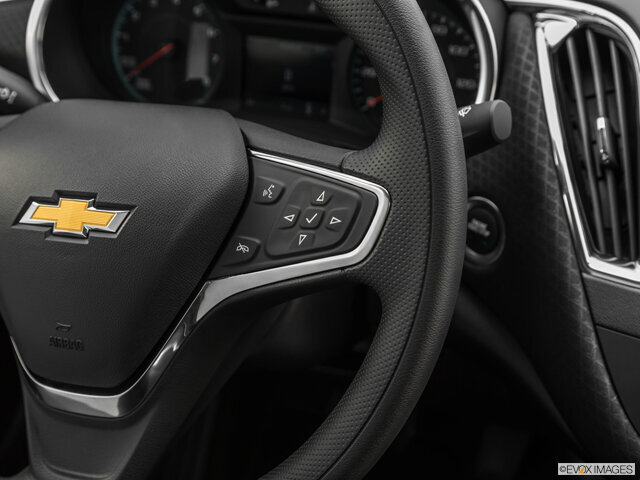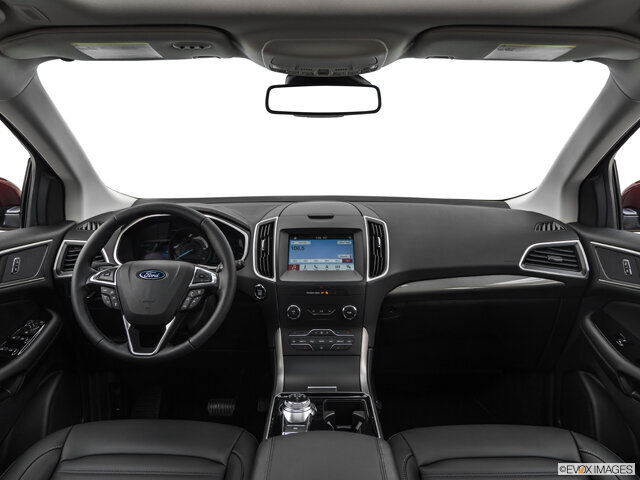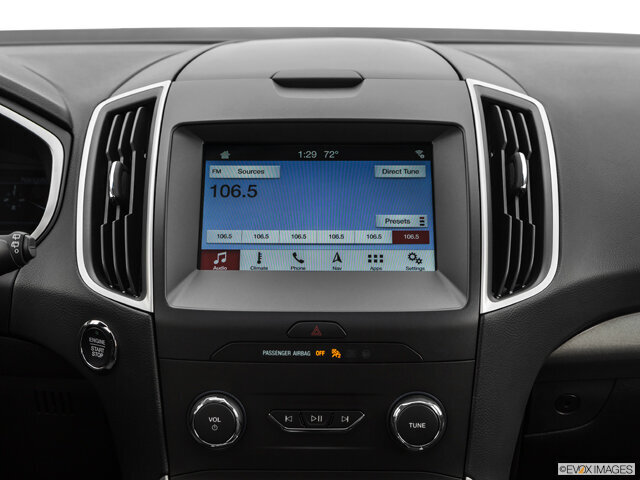The automotive industry has been exposed to just as much risk and uncertainty as most other commercial markets. A shift toward digital ecommerce solutions and immersive marketing has driven consumer demand to reach revenue of more than $82 billion in 2020 alone.
Augmented reality ads, VR-assisted shopping, and online inventory management has helped auto brands reduce costs and keep up with social distancing measures. By building marketing plans that accommodate these changes, auto brands are able to adapt to the new virtual landscape.
But, growing auto brands have stiff competition to keep up with. It’s important to understand why automotive marketing is changing – and how to meet the demand.
Here are some of the main ways the automotive industry has been changed by marketing technology.
Building Trust with Data
In the age of information, customers are more educated than ever before. With a world of information at their fingertips, transparency and knowledgeability are the tricks to building trust.
Keeping up with the rapidly changing digital sphere means staying informed about the brand’s own product image. Reputation is the number one indicator of a successful company in 2020.
With digital threats reaching an all-time high, consumers are holding brands under an even more sensitive microscope. Supporting claims with numbers, figures, and objective information is one way to cultivate comfort with any specific brand.
Showing off customer reviews and testimonials in social media posts and reels is one tactic brands are using to build an authentic connection with potential customers. This effectively adds a human element, and draws in people who might otherwise be sceptical on a brand’s products or services.

Campaigns Based on Current Trends
Staying on top of current events has never been so critical for retailers to reach customers. With the entire world going through the same ongoing crisis, car brands are adding to their drip campaigns more frequently.
Not only have marketing campaigns had to shift toward a more compassionate and sensitive model, but they also need to change in accordance with changes in demand.
As interest rates dropped, interest in cars skyrocketed. But, widespread unemployment and changes in the commercial structure has had a heavy impact on the automotive industry as a whole.
In order to keep up with this dynamic environment, marketers are under pressure to maintain product turnover under these stressful conditions.
Online Shopping
Even before the pandemic took over the country, the majority of consumers looking for a new or used vehicle started their process online. In fact, more than 88% of prospective car buyers researched their prospective purchase on the web before making a decision at the dealership.
Now, dealerships across the nation are closed or operating under limited hours. This has driven car brands onto the digital marketplace.
Ecommerce has done a lot to add to the progress of the auto industry as a digital powerhouse. This growing platform has made it possible for auto brands to expand their audience reach.
Previously, car manufacturers have been split across the 17,000 active dealerships across the country. But, the online marketplace removes a brand’s need to anchor to any physical location. Not only does this improve the experience for customers, but auto brands and dealers can reduce overhead and saturate their respective pipelines at the same time.
Car brands are making this easier than ever using mobile apps, augmented reality, and social media tools.
Wider Targeted Campaigns
Casting a wider net can be a waste of resources if a consumer audience is only concerned about specific things. However, with the vast overlapping of niche markets and increased availability, automotive brands are trying to reach more people with their marketing campaigns.
Brands that traditionally focused on Boomers are now reaching out to Gen Z consumers. Adding more people to the pipeline can produce impressive results without increasing marketing costs significantly.
Ultimately, getting the right message to the right person at the right time is the perfect recipe for a speedy conversion.

Contactless Automobile Delivery
Vehicle deliver is another popular business decision that retailers made in response to the pandemic. Since dealerships aren’t deemed in most states to be essential businesses, auto retailers opened up shop on the virtual marketplace.
Individual retailers are providing contactless automobile delivery as a perk to customers – which has aided in keeping purchase numbers high throughout the year. Consumers can shop by browsing a brand’s website or visiting their mobile app. This has magnified possibilities for dealers to list their product offering in its entirety. Previously, dealers were limited by their ability and willingness to pay for lot space and overhead costs.
Utilizing Google SERP
Like previously mentioned, automotive consumers are highly likely to start their purchase journey by searching online. No matter what they’re looking for, you want to be at the top of their search returns to maximize your brand’s exposure and organic engagement.
Brands are prioritizing their Google SEO strategy in the current digital environment. When it comes to optimizing your site for Google, no detail is too small.
In order to check the most boxes and attain the the best “search engine score,” effective campaigns should meet the following criteria:
- Technical SEO: The website needs to be FAST and offer a great user experience
- Content Marketing: New, relevant, authoritative content should be added on an ongoing basis
- Outreach: Blogger and influencer outreach is essential to build links as well as social proof
Automotive brands have by and far added this tool to their arsenal in order to stay competitive in a saturated online marketplace.
Increased Simplicity
Convenience is a major motivator for many segments of the mainstream commercial pool, and people love to work smarter and not harder. Automotive marketing has latched on to this demand, and brand managers are looping this element into their campaigns to appeal to savvy, time-saving customers.
For buyers who are looking to save money by opting for a used vehicle, responsive advertising and interactive product displays have driven online purchases. Plus, this has made the research process a breeze – and buyers are able to shop for the actual unit that’ll be delivered to their home.
Workers who are struggling to collaborate with each other amid the pandemic can easily and quickly manage tasks remotely, predominantly by using virtual testing environments and assistance by AI components.
Task automation, increased search visibility, and improved remote connectivity has made a combined effort to improve how consumers and brands interact with each other – independent of their physical location.
Just like technology has created an easier way for cars to hit the market, streamlined marketing initiatives like embedded SEO and pay-per-click ads ensure a smoother transaction from start to finish.
Automatically Assisted Driving
Blind spots are responsible for causing more than 840,000 accidents per year. Reducing the occurrence of blind spot collisions during lane changes, backing out of unmarked driveways, and heading to work in the morning.
Using multiple individual sensors around key touch points on the vehicle, as well as IoT connectivity, the car is able to view the road and communicate with the driver to predict specific obstacles.
Typically controls for this function include:
- Road lanes
- Construction
- Pedestrians
- Blockages
- Detours
- Inclimate weather
Being able to market this essential function to consumers has largely influenced the influx in demand for smart assistance in mass-produced vehicles.
Interactive video ads and carousel posts are both effective ways marketers have used to convey this feature to their respective audiences.
In turn, many auto retailers are integrating on-street demos and simulations into VR ads and interactive social media campaigns.
This has improved engagement via all online platforms, and is one of the reasons why consumers have started to buy more vehicles and compare rates online.

